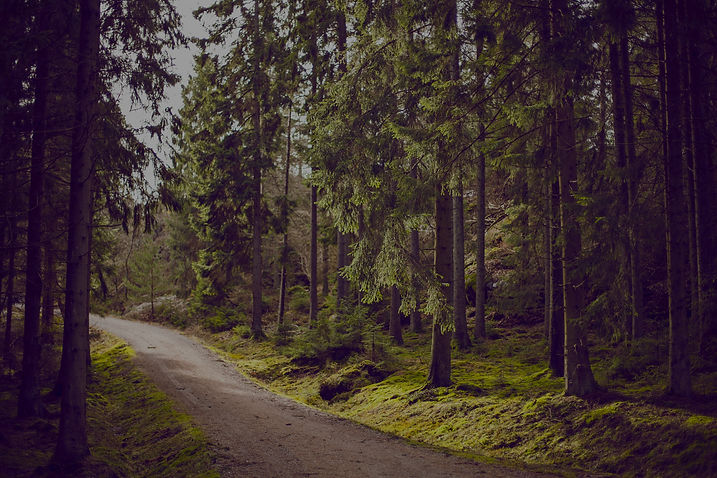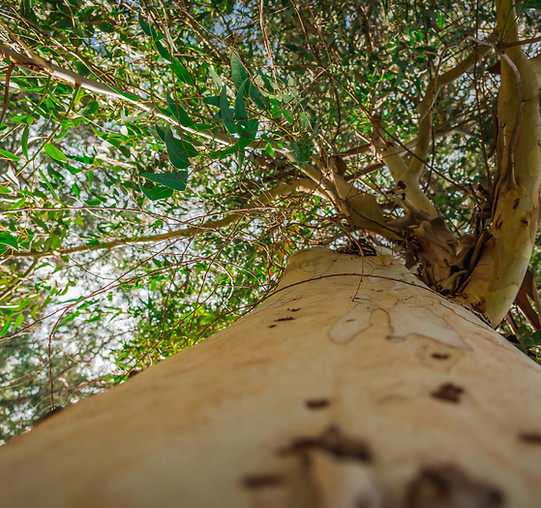
WEST DUERLEY HISTORY
At present the land is currently being converted back to woodland.
Coppicing has always played a significant role in the rural economy of the upper dales. This is a traditional method of managing woodlands, whereby shrubs and trees are regularly chopped at their bases. This forms a coppice stool, which facilitates regeneration. This offers a sustainable supply of wood. Evidence of this is visible from the earliest records of settlement in Wensleydale and Nidderdale. At the time of the doomsday recordings, the widespread feature of the Dales landscape is most likely to have been woodland pasture, alongside an early form of coppicing where the process of pollarding was used. However, this proved less productive.
West Duerley and Surrounding Land Through Time
Woodland clearances started from the Early Bronze Age as there is much discussion that most of the natural woodland would have been cleared by the end of the Romano-British period. The second era of woodland creation happened prior to the Anglo Saxons arriving. The woodland was less dense due to movement of livestock and wildlife. The wildwoods were formed.
After the Norman Conquest, Upper Wensleydale was awarded to the seat of the Lordship of Middleham as a Royal Forest for hunting pursuits.
In the 12th Century, Dale Head towards Askrigg was awarded to the Jervaulx Abbey so deforestation commenced to make way for agricultural land. Many of Wensleydales place names can suggest that settlements were carved out of woodland. The town name Askrigg, is thought to mean “ridge where ask trees grown”. As seen in the Domesday book it is “Ascric”.
A swift resale began in 1628 of the Lordship of Middleham, this included most of its leased holdings to the sitting tenants or leased in perpetuity.
Leading to the re-modelling of the former parkland and hunting forest landscapes into enclosed agricultural fields. The land owned by seigneurial families continued to function in the form of estate units, this included letting entire villages and farms to tenants.
Parliamentary Enclosure then reached the Upper Dales, by the end of the 18th Century. This increased deforestation and, in many cases, this was completed to make way for the agricultural landscape seen today. A new enthusiasm for planting woodland emerged and flourished in the 19th Century, which saw new plantations of broadleaf trees across the Dales.
However, woodland then started to decline in the 19th century when the replanted broadleaf trees were replaced with almost entirely pastureland in the Upper Dales. To allows for the local economy of livestock farming to increase and support a growing population.

